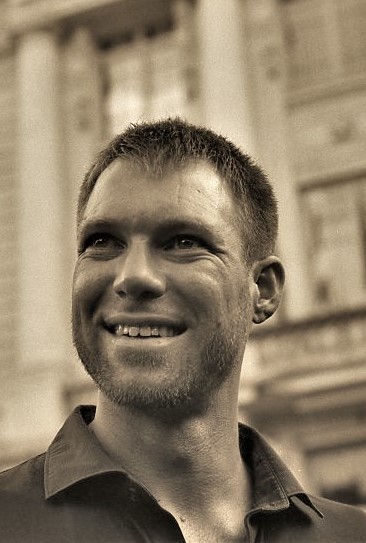 |
Maxime Lefrançois
Associate Professor
IMT - MINES Saint-Étienne - Institut Henri Fayol Member of Laboratoire LIMOS - UMR CNRS 6158
158 cours Fauriel – CS 62362
42023 Saint-Étienne Cedex 2 – France |
Maxime Lefrançois is Associate Professor in the Henri Fayol institute of École des Mines de Saint-Étienne, one of the engineerings schools of Institut Mines Télécom, France, and a member of Laboratoire LIMOS - UMR CNRS 6158. Maxime is a former student of the École Normale Supérieure de Cachan, and prepared and passed the Agrégation exam in Mechanics in 2008. He received a Master degree from Grenoble INP in Signal Processing in 2009, another from Université Grenoble 2 in Computer Science in 2010, and obtained his Ph.D. in 2014 from Université Côte d'Azur on the topic of knowledge representation and reasoning for the Meaning-Text linguistic theory. All his research aims at answering the general question: "How knowledge engineering can support semantic interoperability in cyber-physical systems: from the Internet of Things to data spaces?", with three main research directions: methodologies and technologies for knowledge engineering, semantic interoperability for the Internet of Things, and semantic interoperability in data spaces. Notably, he contributed to the OGC&W3C Semantic Sensor Network standard ontology, and contributes to the ETSI SmartM2M Smart Applications REFerence ontology.
keywords: Web, Knowledge Representation and Reasoning, Knowledge Engineering, Semantic Web, Linked Data, Web of Things, Computational Linguistics
selected research items:
- SAREF Development Framework and Workflow, Streamlining the Development of SAREF and its Extensions;
- The W3C Semantic Sensor Network recommendation;
- The SEAS ontologies;
- SPARQL-Generate: an extension of SPARQL 1.1 to generate RDF from documents in heterogenous formats;
- Lindt: RDF Datatypes that enable lightweight descriptions of useful knowledge on the Web of Data;
- RDF Presentation and RDF Presentation negotiation;
- PhD: Representation of the Meaning-Text Theory Lexical Semantics, and development of the Unit Graphs knowledge representation formalism.
